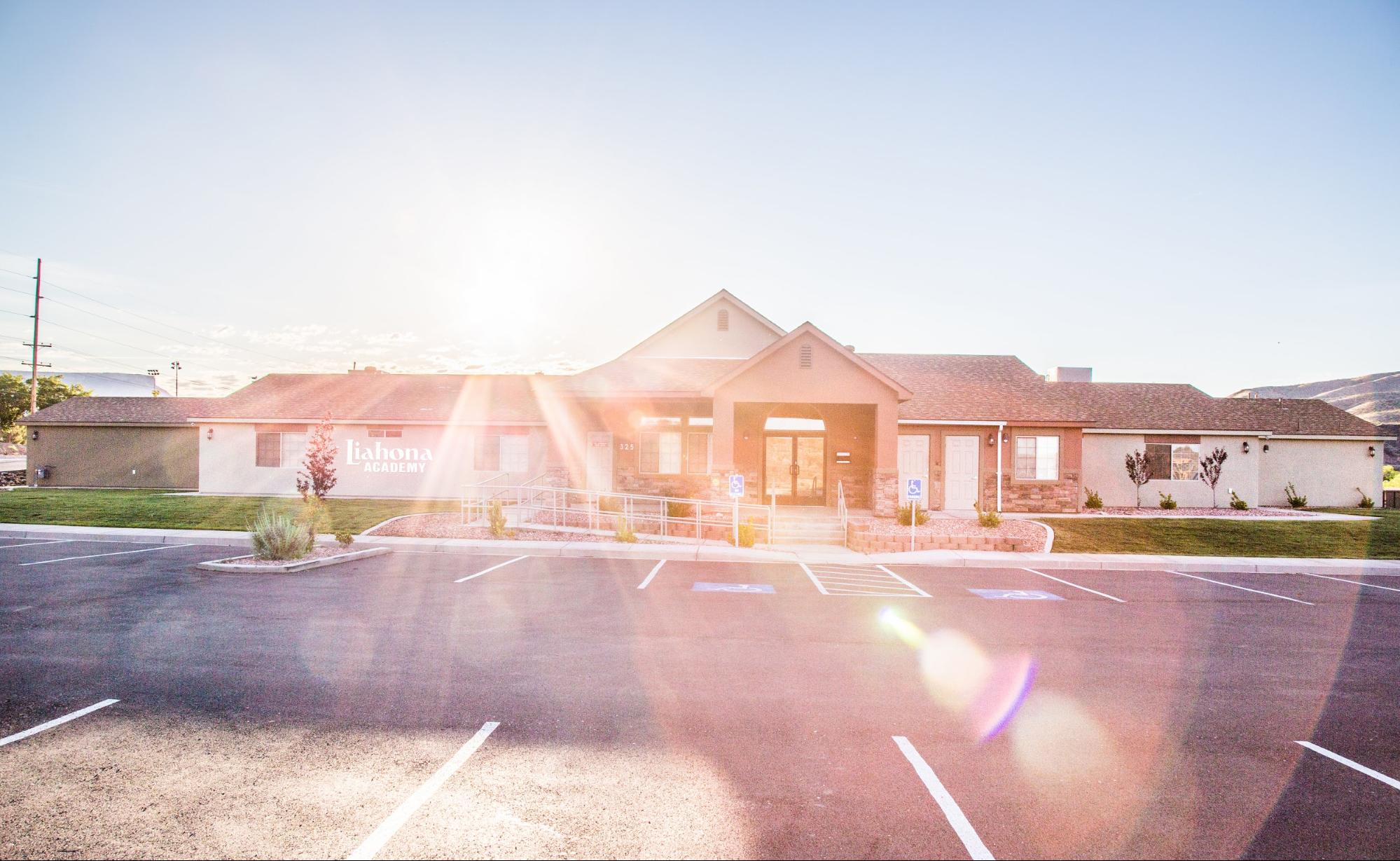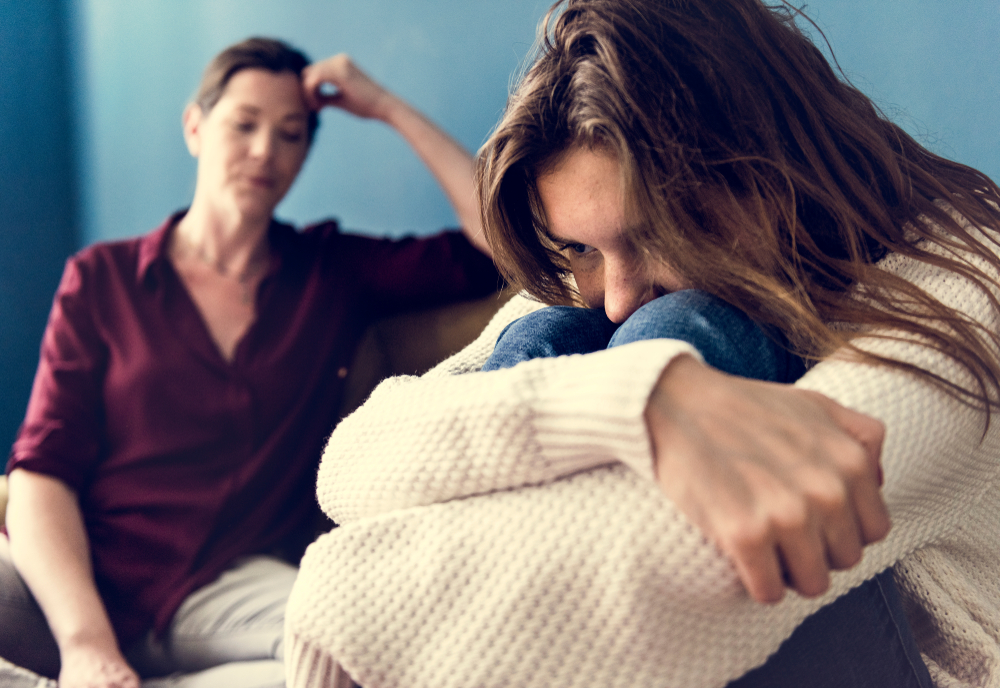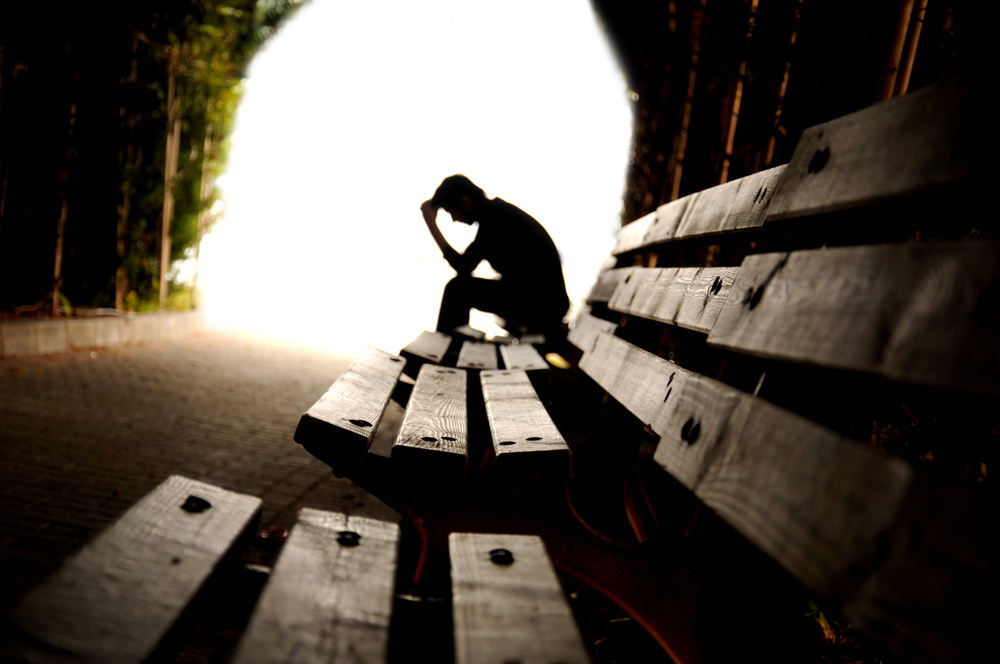Greasers vs. Socs. Jocks vs. Nerds. Goths, mean girls, and the Dungeon and Dragons crew are all examples of teen cliques from the past.
But do you know what popularity looks like amongst teens today? Or the underlying behaviors that contribute to this popularity? In this article, we will discuss teen popularity and what parents need to look out for in a troubled teen as they pursue popularity.
Teen Psychology: A Quick Peek
Teens, individuals 13-18 years old specifically, are in the process of trying to find out who they are and define a sense of self. Some questions that they’re likely trying to address have to do with themselves.
This may include questions like:
- “Who am I?”
- “What do I care about?”
- “What are my goals and dreams?’
Teens are also learning more about social hierarchies and how groups in society function. That means that they have questions about others and their relationship to others:
- “How am I” or even “can I be different from my parents?”
- “Where do I fit in?”
- “What can I do to fit in?”
Because of the major questions centered on identity and social hierarchy that teens are trying to address, issues such as acceptance and popularity are central to their lives.
3 Different Types of Teen Popularity
Using research conducted by the Society for Research in Child Development, here are the three types of teen popularity. Under each type below, we’ve also included behaviors associated with that type of popularity.
1. Aggressive Popularity
Aggressive popularity is based on the idea that a teen tends to focus on forcing friendships rather than letting them come about organically. A teen whose underlying form of popularity is aggressive will use aggressive tactics to get and maintain friendships.
Here are some behavior associated with aggressive popularity that could also be a sign of a troubled boy or girl:
- Bullying in all its forms, including its digital version, to gain friends. Bullying can be done to those they dislike to earn points with their current friends. Your teen might also bully their current friends to maintain them as friends. Think of the movie Mean Girls as an example of this type of bullying.
- Verbally abusing other teens. This can include put-downs, insults, and writing texts or messages to hurt others.
- Physically abusing other teens. This can include getting into fights, hitting, punching, and hazing other teens.
- Blackmailing others. If you’ve seen the Netflix Series Cobra Kai or To All the Boys I’ve Loved Before, you know that blackmailing is especially common on a cyber level.
Although this list isn’t a complete list of behaviors associated with aggressive popularity, it’s important to keep an eye out for behavior in your teen that might seem different, pushy, and secretive.
2. Prosocial Popularity
This type of popularity is the opposite of aggressive popularity in that force isn’t used. With prosocial popularity, there’s more emphasis on getting along with others, collaborating, and doing things to please others.
You might be thinking, “Well, is that one of the points of education? Having students who can collaborate with others and get along with them?”
The answer is yes, and no.
But before we address this question, let’s look at the behaviors associated with this type of popularity:
- Because there’s a huge emphasis on collaboration, a teen with this type of popularity might engage in harmful or detrimental activities. This is so that they can be in the “in-group.” For example, they may support things like substance abuse to gain acceptance from others.
- Another problematic aspect of this type of behavior is that it supports the idea that friendships are born out of people-pleasing. It teaches your child that people-pleasing will get them far. We know that successful individuals often don’t care about what others think of them.
So, as you can see, while your teen needs to learn to work with others, working with others shouldn’t make life worse for them. It also shouldn’t teach them that friendships are based on being liked. Real friendships are based on qualities like, as the writer Bell Hooks writes in her book All About Love, mutual care, affection, and interest.
3. Bistrategic Popularity
The last type of popularity that researchers have found is bistrategic popularity. This type of popularity combines aspects of aggressive and prosocial behaviors.
Here are some behaviors associated with bistrategic popularity:
- Ostracizing or rejecting others but then offering to be that person’s friend if they “change” their behavior. You can see the aggressive tendency by ostracizing the other person and prosocial behavior because your teen is willing to “negotiate” the friendship.
- Offer kind comments or compliments only if that person is their friend or if they would like to make that person their friend. Again, you see the mixture of aggression in the idea that “I’ll only be kind to those I see as friends or potential friends.” You see prosocial behaviors in the belief that “if I want to have friends, then I’ve got to be nice.”
Bistrategic popularity is rooted in manipulating others to achieve the outcome that you would like. That is, a teen who’s using this form of popularity sees the benefits of both aggressive and prosocial behaviors. Still, they’re only interested in these behaviors based on how it will benefit them as an individual.
How Therapeutic Boarding Schools Can Help Your Teen
Therapeutic boarding schools use various therapies to help your teen overcome and manage their thoughts and behaviors. Because popularity is important to teens, these schools can help them with empathy, assertiveness, and authenticity.
For example, these schools help teens avoid the narcissistic tendencies associated with popularity. This includes things like aggression, manipulation, self-centeredness, and using others to achieve one’s goals.
These schools also help your teen with people-pleasing behaviors and the desire for external-validation, which often leads many people to get into trouble or to harm themselves and others.
So, if you notice any of these tendencies mentioned in this article, reach out to us today to find a school for your troubled teen.











0 Comments